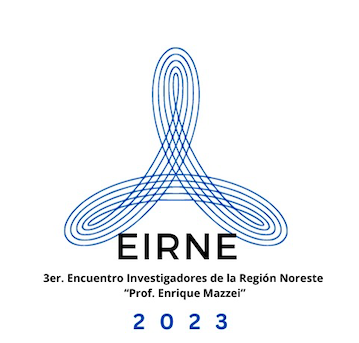Ponente
Descripción
Eucalyptus bosistoana presents itself as a species with significant potential for commercial use due to its wood's high hardness and exceptional natural durability, as well as its capacity to provide shade and shelter for livestock. In Uruguay, this species is not yet planted on a commercial scale, with only a small forested area dedicated to research purposes. Knowledge about E. bosistoana remains limited, making this study a contribution to both national and international databases, offering insights and opportunities for this species in the forestry sector. This, in turn, allows for species diversification in planting practices and consequently the diversification of uses and wood-related properties. An assessment was conducted on the physical and mechanical properties of E. bosistoana wood, including its natural durability against a common brown rot fungus; the effects of Laetiporus sulphureus fungus attack were analyzed through the wood mass loss and mechanical property reduction. Trees from four locations in Uruguay and age ranging from 7 to 49 years, were used for the study: García and El Chajá (in Río Negro), Glencoe (in Paysandú), and Bañado de Medina (in Cerro Largo). Standardized specimens were obtained from the basal logs for conducting mechanical tests on small samples. Static bending, compression parallel to the grain, and hardness tests were performed to determine mechanical properties, while basic density, anhydrous density, and dimensional stability tests were conducted for physical properties. Degradation tests were carried out in accordance with EN 113 standards. Mass loss values and mechanical properties were obtained for each specimen after exposure to the fungus for various periods, up to a maximum of 12 weeks. The results indicate that E. bosistoana wood exhibits high density (\rho_b = 727.39 kg/m3 cov = 24.71 %), hardness (H_l = 114.12 MPa cov = 6.73%, H_t = 109.85 MPa cov = 7.07 %, H_r = 107.64 MPa cov = 7.81 %), and strength (MOR_c = 61.31 MPa, cov = 6.35 %) when compared to other Eucalyptus species. The brown rot fungus did not cause significant wood mass loss or reduction in strength properties up to 83 days of exposition at 28°C. These findings suggest the potential application of this wood in construction and applications that require high density and durability, such as flooring or other uses. Additionally, contraction (6.2% radial, 11.0% tangential) and anisotropy coefficients indicate that E. bosistoana wood is classified as "suitable for drying or normal use" and "stable" in terms of dimensional stability.

